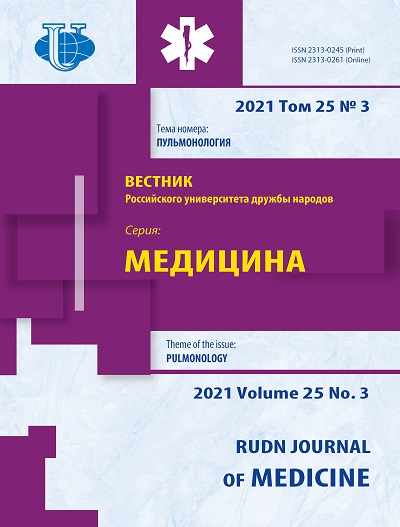Abstract
Relevance. Bronchial asthma is a serious medical and social problem. To confirm the diagnosis, it is necessary to assess the allergic status, to determine the biological markers of the disease. Of particular relevance is a comprehensive analysis of the results of laboratory examination of patients, including data from hematological, immunological, microbiological studies. Aim. To study some laboratory parameters (hematological, immunological and microbiological), the changes of which are most typical for patients with an established diagnosis of bronchial asthma. Matherials and Methods . A clinical and diagnostic examination of women in the non-production and industrial sectors with an established diagnosis of bronchial asthma, performed during a periodic medical examination, was carried out. Results and Discussion . Laboratory research has shown that hematological parameters are characterized by a reduced content of hemoglobin, erythrocyte indices MCV, MCH, MCHS - markers of hypochromia. The surveyed women had increased indices: eosinophils, immunoglobulin E, allergy index, leukocyte intoxication index. High rates of allergization are found in the production sector in 41,51%, in the non-production sector - in 44,44%, which indicates a serious sensitization of the body. Bacterial contamination in the examined groups is represented by coccal flora, where the most significant microorganisms are Staphylococcus aureus, Staphylococcus spp, Streptococcus pyogenes and Candida albicans. Conclusion . The results of the analysis indicate the need to conduct and study further research on the development of markers of early, prenosological health disorders in the process of screening examination of large groups of the working population.















